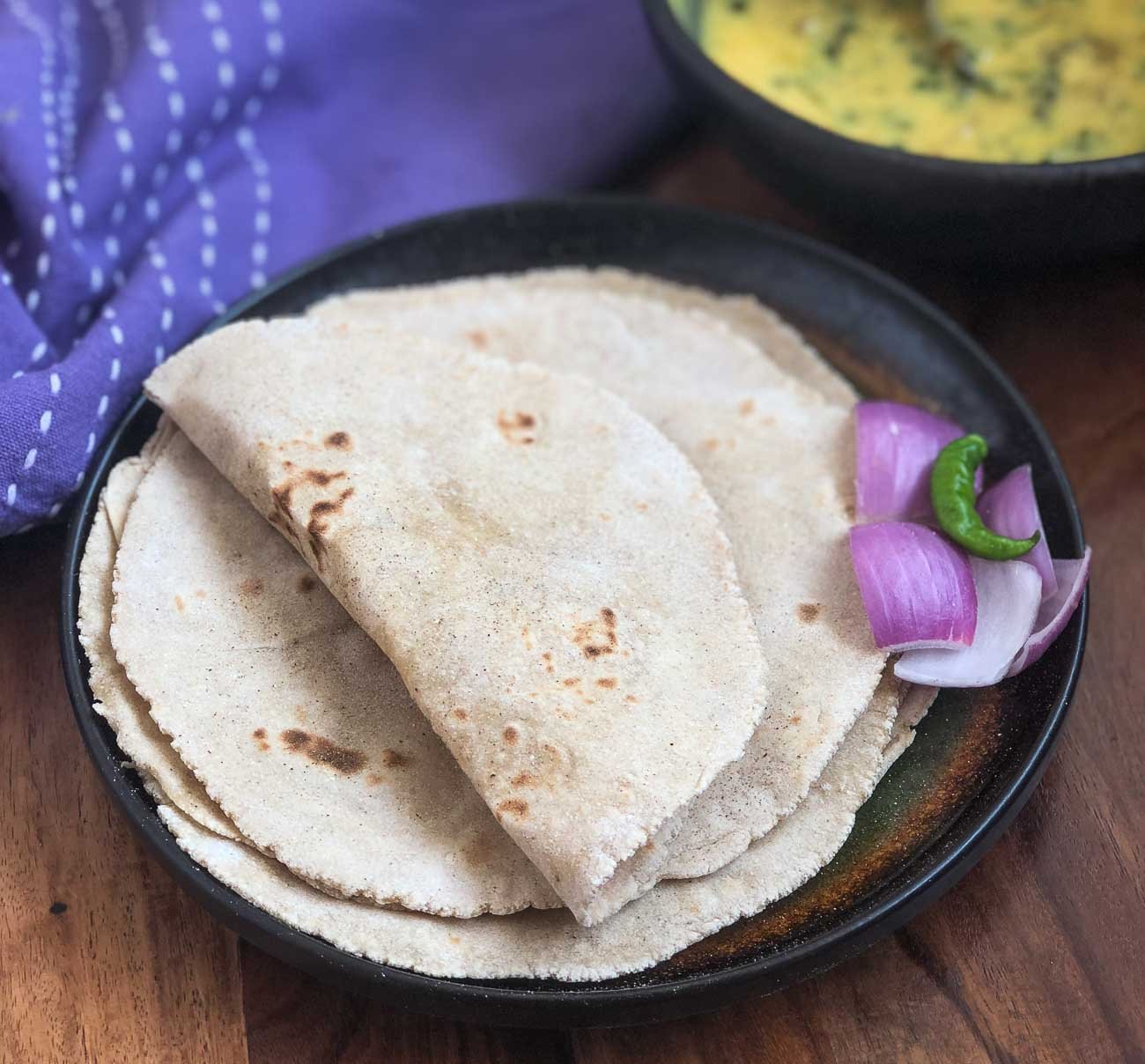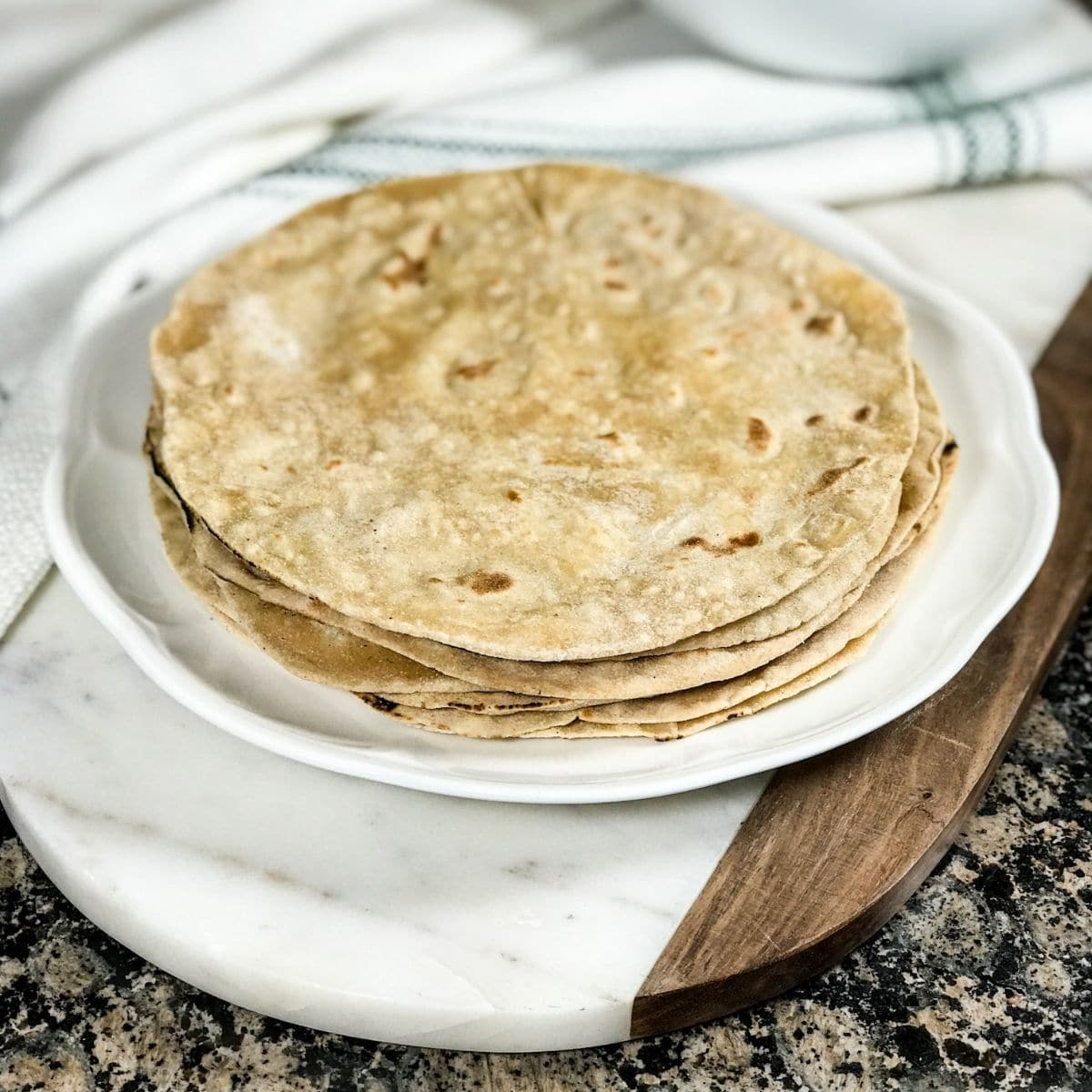Embark on a culinary journey to the heart of Indian cuisine with our comprehensive guide to atta roti, a delectable flatbread that forms the cornerstone of many traditional dishes. From its humble origins to its versatile applications, atta roti holds a special place in Indian culinary history and is a staple in households across the country.
Join us as we delve into the secrets of crafting the perfect atta roti, exploring its nutritional value, variations, and the art of pairing it with a symphony of flavors.
Whether you’re a seasoned cook or a novice in the kitchen, our step-by-step instructions will empower you to create this culinary masterpiece with ease. Discover the nuances of kneading the dough, rolling out the rotis, and cooking them to perfection on a griddle.
Along the way, we’ll share valuable tips and troubleshooting advice to ensure your atta roti turns out just as you imagined.
Ingredients and Nutritional Information

Atta roti, a staple food in Indian cuisine, is prepared using whole wheat flour, also known as atta. This unleavened flatbread is a source of essential nutrients and can be enjoyed as part of a balanced diet.
To make atta roti, you will need the following ingredients:
- 2 cups whole wheat flour (atta)
- 1 cup water
- 1 teaspoon salt (optional)
The nutritional information for one atta roti (approximately 50 grams) is as follows:
- Calories: 130
- Carbohydrates: 25 grams
- Protein: 5 grams
- Fat: 2 grams
- Fiber: 3 grams
Step-by-Step s

Making atta roti is a simple process that can be mastered with a little practice. Here’s a detailed guide to help you create soft and delicious rotis every time:
Kneading the Dough
In a large bowl, combine the atta flour, salt, and water. Mix well until a dough forms. The dough should be soft and pliable, but not sticky. If the dough is too dry, add a little more water. If it’s too wet, add a little more flour.
Rolling Out the Rotis
Divide the dough into small balls and roll them out into thin circles. The rotis should be about 1/8-inch thick.
Cooking the Rotis
Heat a griddle or tava over medium heat. Grease the griddle with a little oil. Place a roti on the griddle and cook for about 30 seconds, or until bubbles start to form. Flip the roti and cook for another 30 seconds, or until golden brown.
Serve the rotis hot with your favorite curry or dal.
Variations and Substitutions
Atta roti offers versatility beyond its basic form. From stuffed variations to flavorful additions, there’s a world of possibilities to explore.
Variations
Atta roti can be transformed into a delightful canvas for culinary creativity. Stuffed roti, known as paratha, is a popular variation that encloses fillings such as vegetables, paneer, or meat. Missi roti is another flavorful variant made with a blend of atta and chickpea flour, resulting in a nutty and aromatic flatbread.
Substitutions
Ingredient substitutions can further enhance the versatility of atta roti. Whole wheat flour can be used in place of atta for a healthier alternative. For a gluten-free option, almond flour or coconut flour can be used. Spices and herbs, such as cumin, coriander, or fenugreek, can be added to the dough for added flavor and nutritional value.
Serving Suggestions and Accompaniments
Atta roti is a versatile bread that can be enjoyed with a wide range of dishes. Here are some ideas for serving atta roti:
With curries: Atta roti is a classic accompaniment to curries. The mild flavor of the roti complements the spicy flavors of the curry, and the roti can be used to scoop up the sauce.
With vegetables: Atta roti can also be served with vegetables. The roti can be used to wrap up the vegetables, or it can be torn into pieces and used to dip into the vegetables.
With chutneys: Chutneys are a great way to add flavor to atta roti. Chutneys can be made with a variety of fruits, vegetables, and spices, and they can be used to add sweetness, sourness, or spiciness to the roti.
Traditional Accompaniments
In addition to the above dishes, atta roti is also traditionally served with the following accompaniments:
- Ghee: Ghee is a clarified butter that is often used to add flavor and richness to atta roti.
- Pickle: Pickles are a great way to add a bit of acidity and spice to atta roti.
- Yogurt: Yogurt can be used to cool down the spiciness of a curry or to add a bit of creaminess to the roti.
Tips and Troubleshooting
Mastering the art of making atta roti requires attention to detail and a few clever techniques. Here are some tips and troubleshooting advice to help you achieve the perfect texture and taste:
Achieving the Perfect Texture
- Use a high-quality atta flour: Coarsely ground atta flour produces a chewy and dense roti. Fine atta flour results in a softer and more pliable texture.
- Knead the dough thoroughly: Kneading develops the gluten in the flour, creating a dough that is elastic and easy to roll out.
- Rest the dough: Allow the dough to rest for at least 30 minutes before rolling it out. This gives the gluten time to relax, making the roti softer and more pliable.
- Roll out the roti evenly: Use a rolling pin to gently roll out the roti into a thin, even circle. This ensures even cooking and prevents the roti from becoming too thick or uneven.
Troubleshooting Common Problems
- Roti is too dry: Add a little more water to the dough and knead again. The dough should be soft and pliable, but not sticky.
- Roti is too thick: Roll out the roti thinner. If the dough is too thick, it will not cook evenly and may become doughy.
- Roti is breaking: The dough may be too dry or not kneaded enough. Knead the dough again and add a little more water if necessary.
- Roti is burning: Reduce the heat on the griddle or tawa. Roti should be cooked on medium heat to prevent burning.
Health Benefits and Dietary Considerations
Atta roti offers a multitude of health benefits. Its high fiber content promotes digestive health, satiety, and blood sugar regulation. Additionally, atta roti has a low glycemic index, which means it releases glucose slowly into the bloodstream, preventing spikes in blood sugar levels.
Dietary Considerations
Atta roti is not suitable for individuals with celiac disease or gluten intolerance, as it contains gluten. However, for those who can tolerate gluten, atta roti is a nutritious and versatile addition to a balanced diet.
Conclusion
As you savor the delightful taste and texture of your homemade atta roti, take pride in your culinary accomplishment. This versatile flatbread is not only a staple food but also a symbol of Indian culinary heritage. Whether you choose to pair it with rich curries, flavorful vegetables, or tangy chutneys, atta roti will elevate your dining experience to new heights.
So, let us begin our culinary adventure and uncover the secrets of creating the perfect atta roti, a testament to the vibrant and diverse flavors of Indian cuisine.
Helpful Answers
Can I substitute all-purpose flour for atta flour?
While all-purpose flour can be used as a substitute, it may alter the texture and taste of the roti. Atta flour has a higher protein content, which contributes to the chewy texture characteristic of roti.
How can I make my rotis softer?
Kneading the dough thoroughly and allowing it to rest for a sufficient amount of time before rolling out the rotis will help achieve a softer texture.
Can I store leftover rotis?
Yes, leftover rotis can be stored in an airtight container at room temperature for up to 2 days. To reheat, simply warm them on a griddle or in the microwave.
